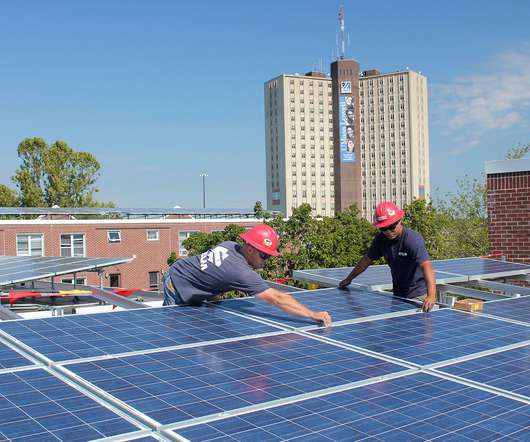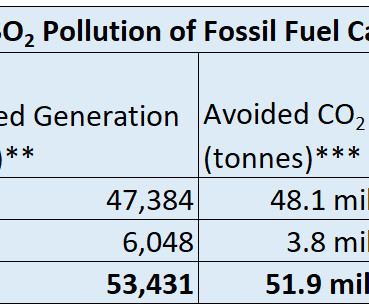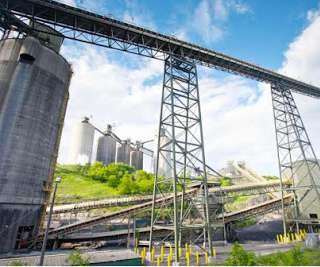Ask a Scientist: Two Dozen States Can Meet 100 Percent of Electricity Demand with Renewables by 2035
Union of Concerned Scientists
MAY 12, 2022
The shift from fossil fuels in the 100-percent RES scenario reduces the amount of toxic power plant air pollution much more than what we called a “no-new-policy,” or business-as-usual, scenario. Emissions of sulfur dioxide and nitrogen oxides from power plants in alliance states drop 88 percent and 77 percent respectively by 2040.













Let's personalize your content